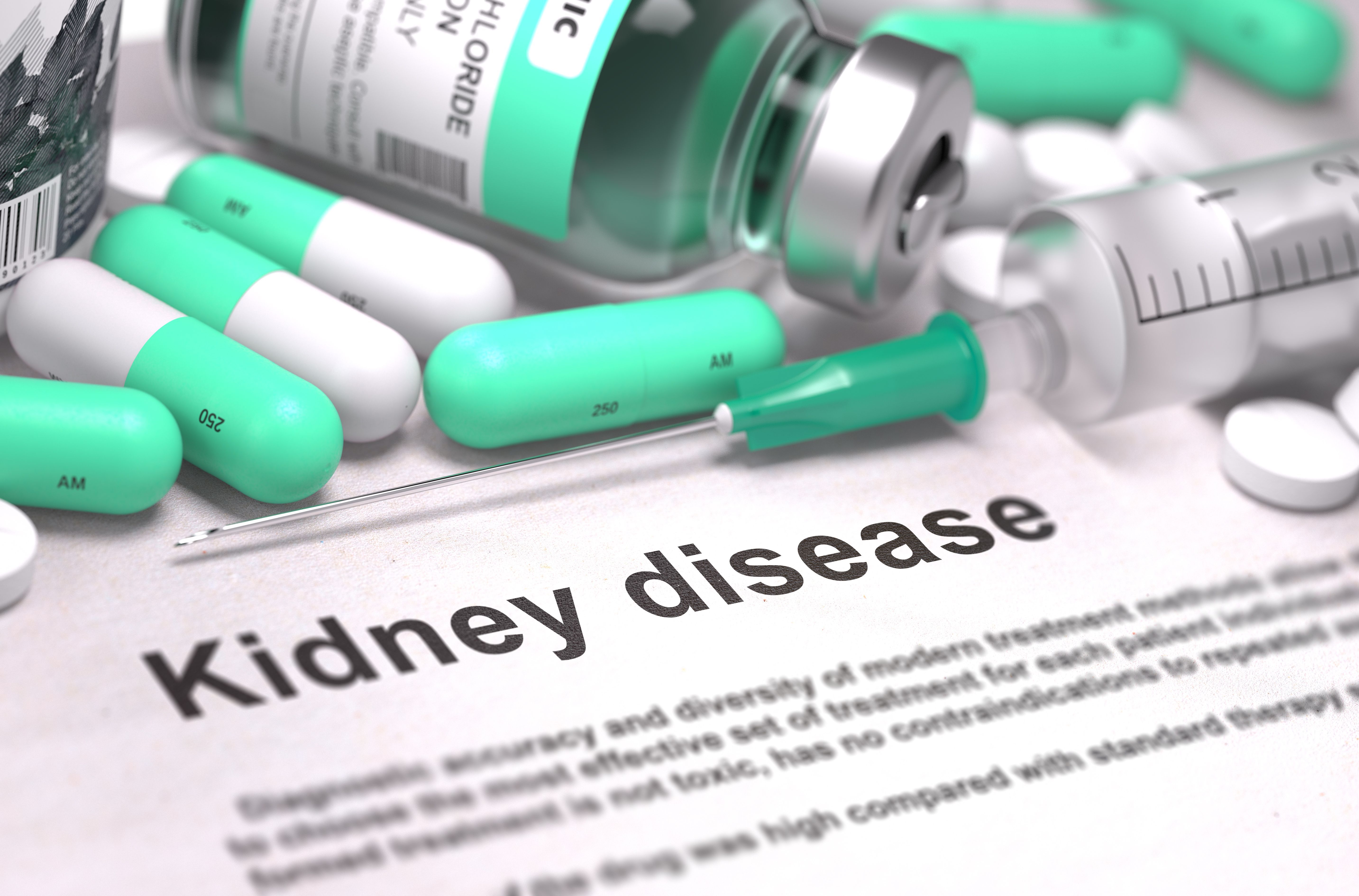News
Article
SGLT2 Inhibitors Reduce Proteinuria in Patients with IgA Nephropathy
Author(s):
Patients with IgA nephropathy experienced nearly 30% proteinuria reduction after 6 months of treatment with SGLT2 inhibitors.
Credit: Fotolia

Treatment with sodium-glucose cotransport 2 (SGLT2) inhibitors led to a significant reduction in proteinuria among patients with immunoglobulin A (IgA) nephropathy in a recent study.
Investigators observed a 22.9% and 27.1% proteinuria reduction relative to baseline after 3 and 6 months of SGLT2 treatment, respectively, independent of age, baseline proteinuria, estimated glomerular filtration rate (eGFR), hypertension, immunosuppressive agent therapy, or the presence of comorbid diabetes.1
“Proteinuria is a prominent characteristic of IgA nephropathy and serves as a predictive factor for renal function decline and increased mortality when persistently exceeding 1 g/day. The reduction of proteinuria has become a crucial therapeutic purpose for patients with IgA nephropathy,” wrote Yaping Dong, research assistant in the department of nephrology at Peking University First Hospital in China, and colleagues.1
A disease in which IgA protein builds up and damages the glomerulus, IgA nephropathy progresses over time and can lead to end-stage renal disease. Treatment seeks to protect the kidney from further damage by controlling blood pressure, cholesterol, and inflammation.2 SGLT2 inhibitors were originally developed as oral antidiabetic drugs, but later clinical trials showed they are also effective at slowing the progression of kidney disease, reducing heart failure, and lowering the risk of kidney failure and death. Of note, these benefits were greater in people who also had albuminuria.3
To assess the effect of SGLT2 inhibitors on proteinuria, investigators conducted a prospective cohort study of patients with biopsy-proven IgA nephropathy administered dapagliflozin or canagliflozin at Peking University First Hospital. From April 2020 to February 2022, 1225 patients with IgA nephropathy were identified, 142 of whom received treatment with SGLT2 inhibitors. Investigators excluded patients with less than 3 months of follow-up data, unstable proteinuria levels before SGLT2 inhibitor treatment, or who did not have regular proteinuria monitoring. In total, 93 patients were included in the study.1
Clinical data including gender, age at the time of renal biopsy, systolic/diastolic blood pressure, serum creatine, hematuria, and 24h urine protein excretion were measured and recorded at the time of renal biopsy and at each follow-up visit. Investigators also collected information about medication usage during the follow-up period, including the administration of renin-angiotensin-aldosterone system blockers, steroids, and other immunosuppressants.1
Among the study cohort, 90 patients were treated with dapagliflozin and 3 were treated with canagliflozin. The mean age was 43 years and 55 (59.1%) participants were male. At baseline, 17 (18.3%) patients had diabetes, and 81 (87.1%) patients had hypertension. The average eGFR was 58 (standard deviation [SD], 22) mL/min/1.73m2, and the median proteinuria was 1.32 (interquartile range [IQR], 1.00–2.24) g/24 h. The mean level of serum albumin was 40.7 (SD, 4.0) g/L, the median urine sodium excretion was 162 (IQR, 126–209) mmol/24 h, and the initial hematuria was 12.3 (IQR, 3.5–38.2) RBC/HPF.1
Upon analysis, therapy with SGLT2 inhibitors led to a consistent reduction in proteinuria. Investigators pointed out reductions in proteinuria of 22.9% (95% confidence interval [CI], 16.1-29.7; P < .001) and 27.1% (95% CI, 18.1-36.0; P < .001) were observed from baseline to 3 and. 6 months, respectively, among the study cohort. The median proteinuria levels at baseline, 3 months, and 6 months after SGLT2 inhibitor treatment were 1.39 (IQR, 0.99–2.35) g/24 h, 1.08 (IQR, 0.71–1.78) g/24 h, and 1.09 (IQR, 0.60–1.83) g/24 h, respectively (P < .001), indicating a significant decrease.1
Investigators also noted there was an increase in serum albumin levels (P = .017), with values of 40.2 (SD, 4.4) g/L at baseline, 41.0 (SD, 4.0) g/L at 3 months, and 41.0 (SD, 4.1) g/L at 6 months after therapy. Additionally, there was a significant decrease in hematuria after 6 months of treatment (P = .01).1
Subgroup analysis revealed the impact of SGLT2 inhibitors on the reduction of proteinuria at both 3 months and 6 months did differ across baseline factors, including:
- eGFR (P = .116 for 3 months and P = .163 for 6 months)
- Proteinuria (P = .302 for 3 months and P = .363 for 6 months)
- Age (P = .434 for 3 months and P = .671 for 6 months)
- Use of immunosuppressive agents (P = .257 for 3 months and P = .139 for 6 months)
- Status of diabetes (P = .123 for 3 months and P = .562 for 6 months)
- Hypertension (P = .27 for 3 months and P = .114 for 6 months)
“These findings highlight the potential of SGLT2 inhibitors as a promising therapeutic approach for reducing proteinuria in patients with IgA nephropathy,” investigators concluded.1
References:
- Dong Y, Shi S, Liu L, Zhou X, Lv J, Zhang H. Effect of SGLT2 inhibitors on the proteinuria reduction in patients with IgA nephropathy. Front Med (Lausanne). 2023;10:1242241. Published 2023 Sep 6. doi:10.3389/fmed.2023.1242241
- Johns Hopkins Medicine. Immunoglobulin A (IgA) Nephropathy. Conditions and Diseases. Accessed October 11, 2023. https://www.hopkinsmedicine.org/health/conditions-and-diseases/immunoglobulin-a-iga-nephropathy
- National Kidney Foundation. Sodium-glucose cotransporter-2 (SGLT2) inhibitors. Accessed October 11, 2023. https://www.kidney.org/atoz/content/sglt2-inhibitors





